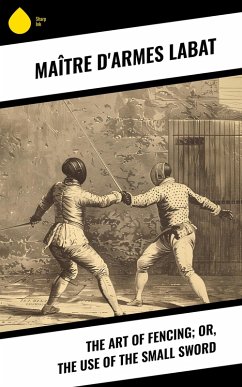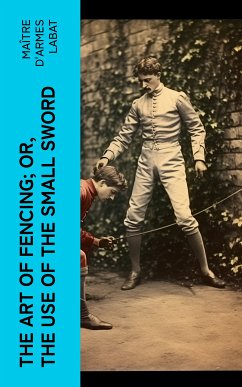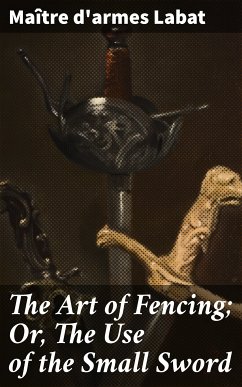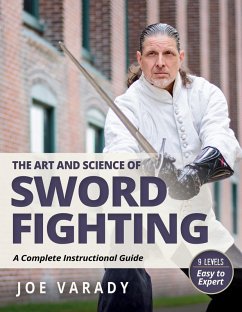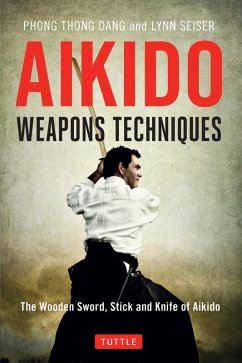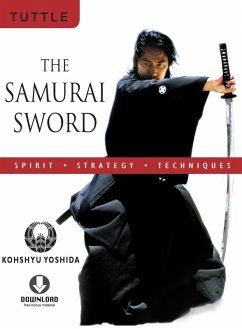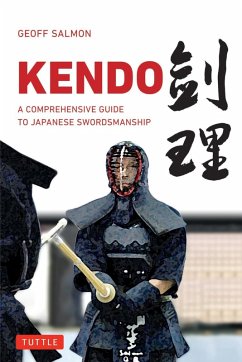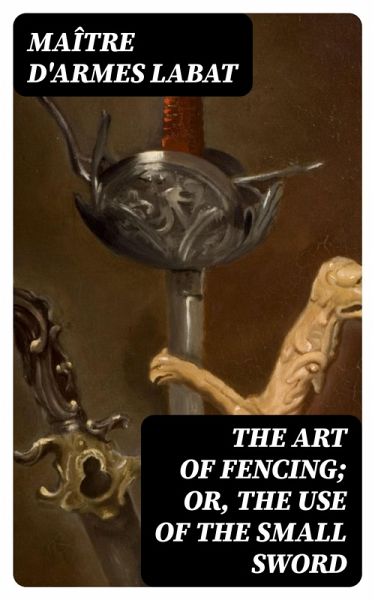
The Art of Fencing; Or, The Use of the Small Sword (eBook, ePUB)

PAYBACK Punkte
0 °P sammeln!
In "The Art of Fencing; Or, The Use of the Small Sword," Maître d'armes Labat offers a comprehensive examination of the techniques and philosophy underpinning the practice of small sword fencing in the 17th century. The work is characterized by its didactic style, blending explicit instructional diagrams with rich prose, making it accessible both to the novice and the seasoned fencer. Set against the backdrop of a burgeoning interest in dueling practices during the Enlightenment, Labat's treatise engages with the contemporary discourse on martial arts, emphasizing not only technical proficien...
In "The Art of Fencing; Or, The Use of the Small Sword," Maître d'armes Labat offers a comprehensive examination of the techniques and philosophy underpinning the practice of small sword fencing in the 17th century. The work is characterized by its didactic style, blending explicit instructional diagrams with rich prose, making it accessible both to the novice and the seasoned fencer. Set against the backdrop of a burgeoning interest in dueling practices during the Enlightenment, Labat's treatise engages with the contemporary discourse on martial arts, emphasizing not only technical proficiency but also the gentlemanly conduct expected of swordsmen. Labat, a French fencing master, was deeply entrenched in the martial traditions of his time, avidly participating in the cultural exchanges that defined European swordsmanship. His experiences as both a practitioner and teacher informed this work, allowing him to convey the underlying principles of honor, strategy, and aesthetics, which are fundamental to the art of fencing. Additionally, his background highlights the transition from heavy bladed weapons to the elegant small sword, reflecting a societal shift towards finesse and precision in personal combat. This enlightening text is an essential read for historians, martial artists, and literary scholars alike. Labat's insights into the technical and philosophical dimensions of fencing provide a valuable commentary on the social mores of his era, making it a pivotal contribution to both martial arts literature and the understanding of early modern European culture. Recommended for anyone seeking a deeper appreciation of the elegance and complexity of the small sword.
Dieser Download kann aus rechtlichen Gründen nur mit Rechnungsadresse in A, B, BG, CY, CZ, D, DK, EW, E, FIN, F, GR, H, IRL, I, LT, L, LR, M, NL, PL, P, R, S, SLO, SK ausgeliefert werden.




